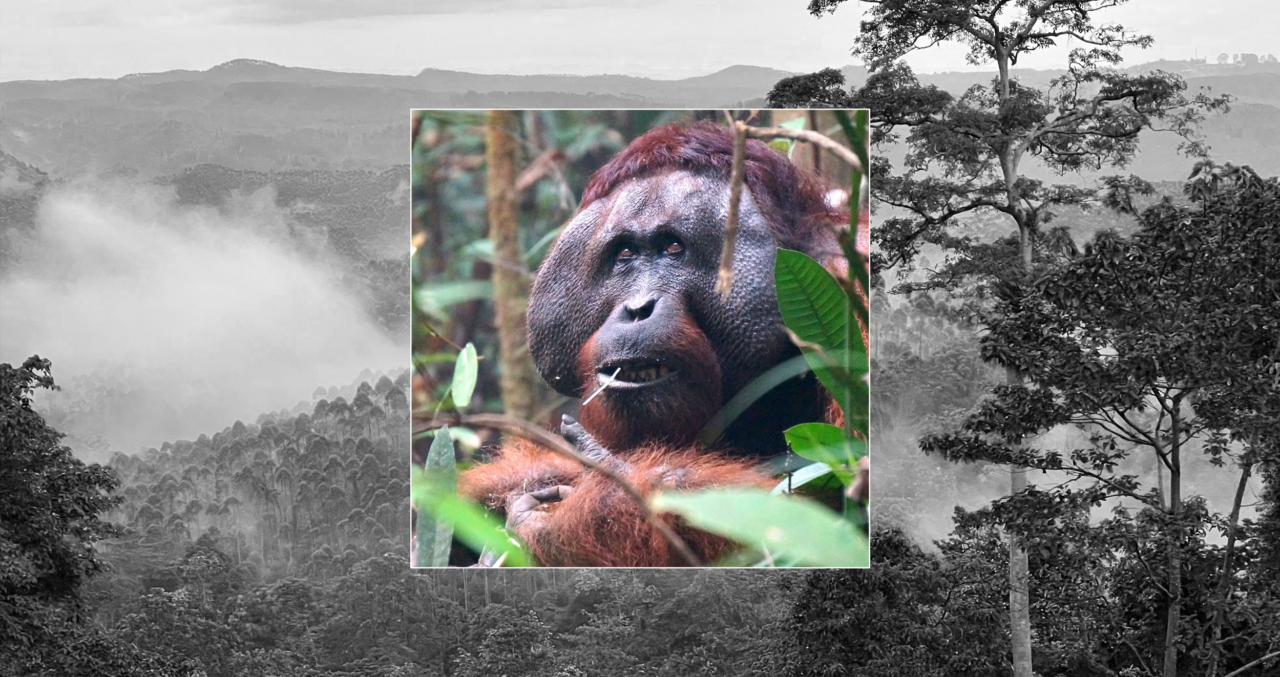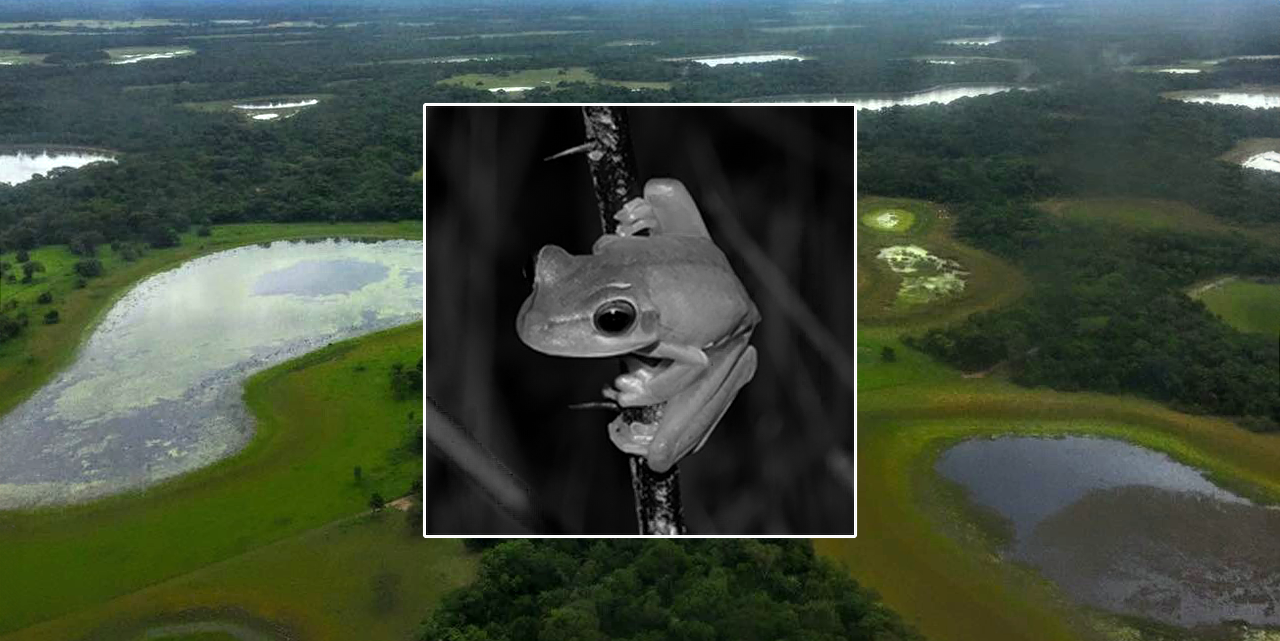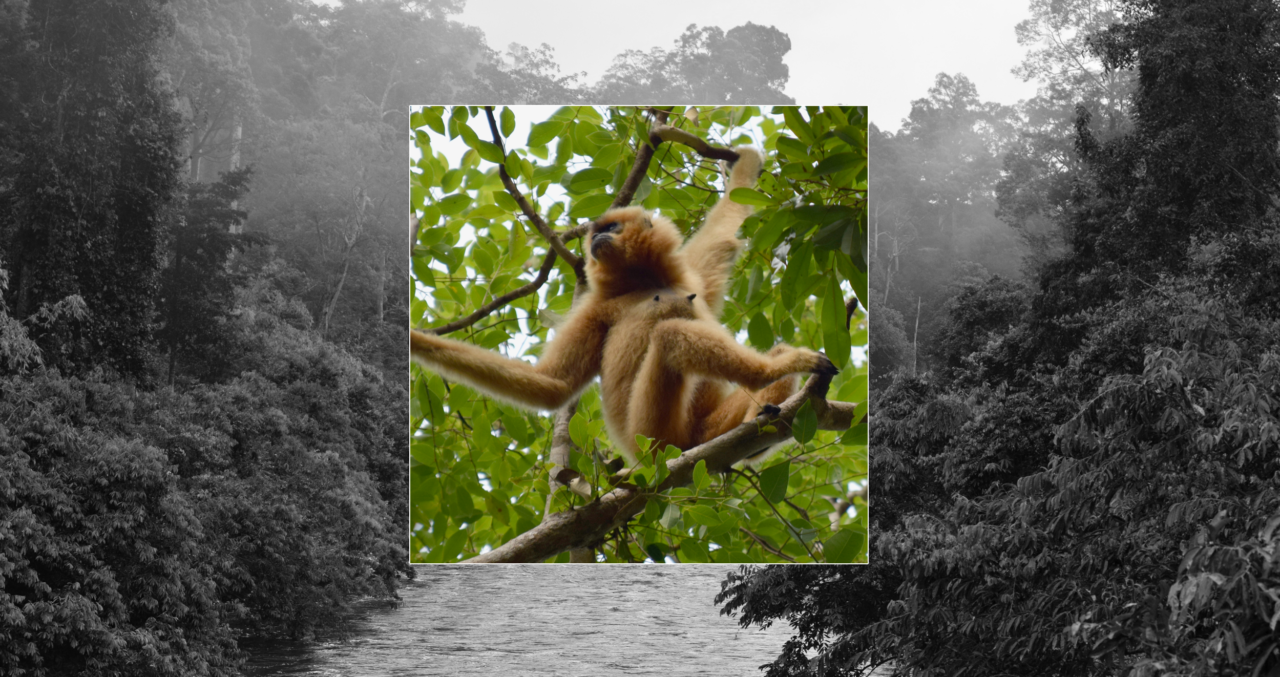Research – Terrestrial
We conduct a broad range of terrestrial, aquatic, and marine bioacoustic research, often at large geographic scales. Many of our projects are applied, featuring a strong focus on the conservation of endangered species. More recently we have engaged in the development of acoustic metrics to assess biodiversity and ecosystem health. We are also researching new ways to collect and analyze acoustic data sets using autonomous mobile systems and algorithm development. Here is an overview of our current research portfolio:
 Acoustic Localization and Density Estimation
Acoustic Localization and Density EstimationAutomating acoustic tools to estimate species abundance for efficient, large-scale conservation monitoring.
 Air quality and ecological community soundscapes across Borneo
Air quality and ecological community soundscapes across BorneoStudying how wildfire smoke impacts wildlife behavior and soundscapes in Borneo’s unprotected lowland forests.
 Ecosystem-scale Biodiversity Monitoring in California
Ecosystem-scale Biodiversity Monitoring in CaliforniaComprehensive acoustic monitoring and machine learning reveal bird biodiversity across the Sierra Nevada, supporting conservation efforts and ecosystem management in the face of climate and environmental pressures.
 Elephant Listening Project
Elephant Listening ProjectSeeking to help conserve the second largest block of rainforest on earth and the biodiversity that it harbors, by focusing on forest elephants as key architects of those forests, and using innovative acoustic tools at the scale of landscapes.
 Integrative monitoring of distribution and health of Borneo’s endangered apes
Integrative monitoring of distribution and health of Borneo’s endangered apesLong-term research in Borneo’s threatened forests tracks how industrial impacts affect the health and distribution of endangered apes across key landscapes.
 New England Birds
New England BirdsTracking bird biodiversity and ecosystem health in northeastern U.S. parks through acoustic monitoring.
 Panama Katydids
Panama KatydidsUncovering katydid diversity and behavior on Barro Colorado Island using advanced acoustic monitoring and machine learning to reveal their hidden role in tropical ecosystems.
 Pantanal Biodiversity
Pantanal BiodiversityAssessing bird and frog diversity in the Pantanal to inform long-term conservation strategies, focusing on migratory bird patterns and frog behavior in response to environmental changes.
 Southeast Asia Research Program
Southeast Asia Research ProgramRegional conservation research using acoustic monitoring to study biodiversity and human activity.
 Spotted Owls
Spotted OwlsMonitoring population trends and responses to habitat change and supporting management of an invasive competitor.









